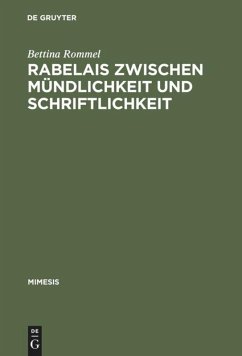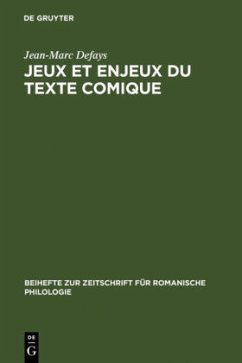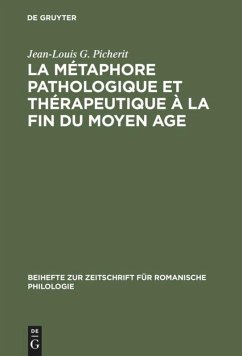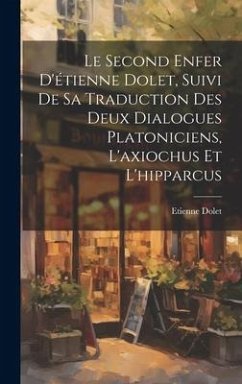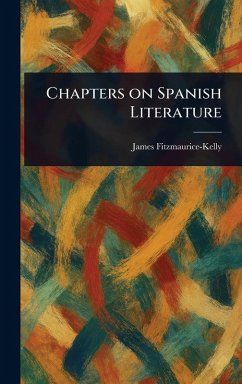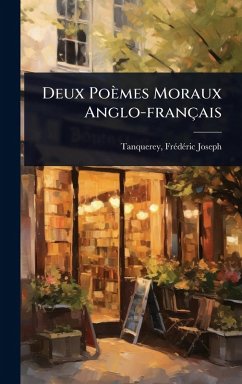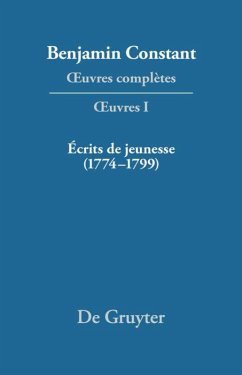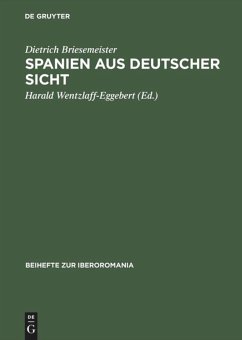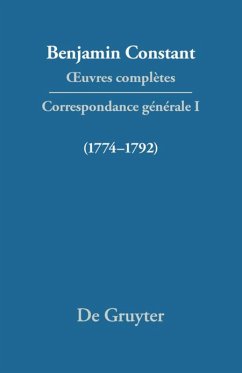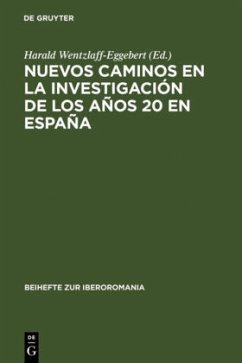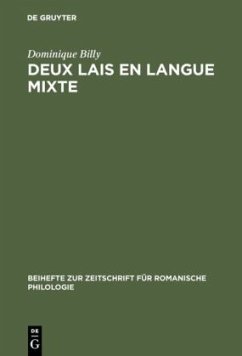
Deux lais en langue mixte
Le lai Markiol et le lai Nompar

PAYBACK Punkte
0 °P sammeln!
Parmi les compositions lyriques des troubadours, le lai Markiol et le lai Nompar ont depuis longtemps attiré l'attention des critiques, autant par leur nature linguistique mixte, mêlant français et occitan, que par leur appartenance à un genre septentrional. Le texte fait ici l'objet d'une nouvelle édition critique améliorant la lettre du texte, tenant compte des moindres informations fournies par la mélodie. Suit un examen approfondi de la langue des versions, comparée avec celle de la section 'occitane' du 'chansonnier du roi' qui contient l'une d'elles, ainsi que d'autres textes en langue mixte, dont le fragment N du "Girart de Roussillon" se révèle le plus proche: nous nous trouvons ainsi à l'orée d'une aire de production et de diffusion singulière, à la frontière des deux grandes littératures française et occitane.
Among troubadour lyric poetry, the lai Markiol and the lai Nompar have attracted particular critical attention both by virtue of their hybrid linguistic form (a mixture of French and Occitan) and their northern genre provenance. The present new critical edition provides improved readings of the text taking full account of all the information supplied by the melody. There follows an in-depth discussion of the language employed in these versions compared with that found in the 'Occitan' section of the 'chansonnier du roi' (which contains one of them) and other texts of a hybrid linguistic nature, the nearest in this respect proving to be fragment N of 'Girart du Roussillon'. The study thus takes us into a domain of poetic production and tradition of singular interest for the light it casts on the frontier zone between two great literatures, French and Occitan.
Among troubadour lyric poetry, the lai Markiol and the lai Nompar have attracted particular critical attention both by virtue of their hybrid linguistic form (a mixture of French and Occitan) and their northern genre provenance. The present new critical edition provides improved readings of the text taking full account of all the information supplied by the melody. There follows an in-depth discussion of the language employed in these versions compared with that found in the 'Occitan' section of the 'chansonnier du roi' (which contains one of them) and other texts of a hybrid linguistic nature, the nearest in this respect proving to be fragment N of 'Girart du Roussillon'. The study thus takes us into a domain of poetic production and tradition of singular interest for the light it casts on the frontier zone between two great literatures, French and Occitan.
Parmi les compositions lyriques des troubadours, le lai Markiol et le lai Nompar ont depuis longtemps attiré l'attention des critiques. Ces deux pièces nous sont en effet connues uniquement par des manuscrits français qui nous en donnent des versions en une langue mixte, où les éléments français constituent une composante plus ou moins importante. Cette situation a eu deux conséquences majeures avec la corruption des textes et leur rattachement par la tradition critique au corpus des troubadours dont ils constitueraient les seuls lais connus, en dehors d'une imitation tardive de Bonifaci Calvo. Le texte fait donc ici l'objet d'une nouvelle édition critique améliorant la lettre du texte, tenant compte cette fois des moindres informations fournies par la mélodie, également éditée. Pour l'origine des deux textes, un examen linguistique approfondi des versions a permis d'avancer quelques hypothèses. Ce travail n'a pu se faire sans une comparaison permanente avec la section 'occitane' du 'chansonnier du roi' (Paris, B.N., fr.844) ainsi que d'autres textes en langue mixte, en particulier "Girart de Roussillon" dont le fragment N se révèle le plus proche de ce point de vue: nous nous trouvons ainsi à l'orée d'une aire de production et de diffusion singulière, à la frontière des deux grandes littératures française et occitane.





